As we age, our homes may need to be modified to accommodate our changing needs. One way to do this is by incorporating eco-friendly design elements that not only promote sustainability but also support independent living. Eco-friendly home design for seniors is becoming increasingly popular, and for good reason.
By integrating sustainable materials and energy-saving features such as solar panels, we can reduce our carbon footprint while also saving money on energy bills. Additionally, many eco-friendly home design features can make our homes safer and more comfortable as we age. For example, slip-resistant flooring, wider doorways, and grab bars can help prevent falls and make it easier to move around the home.
As the housing market continues to shift towards environmentally conscious design and construction, it’s important to consider the benefits of eco-friendly home design for seniors. With the right modifications and upgrades, we can create a home that not only meets our current needs but also supports a sustainable future.
Understanding Eco-Friendly Home Design
When it comes to designing an eco-friendly home, there are several important factors to consider. At its core, eco-friendly home design is all about creating a living space that is sustainable, energy-efficient, and has minimal environmental impact.
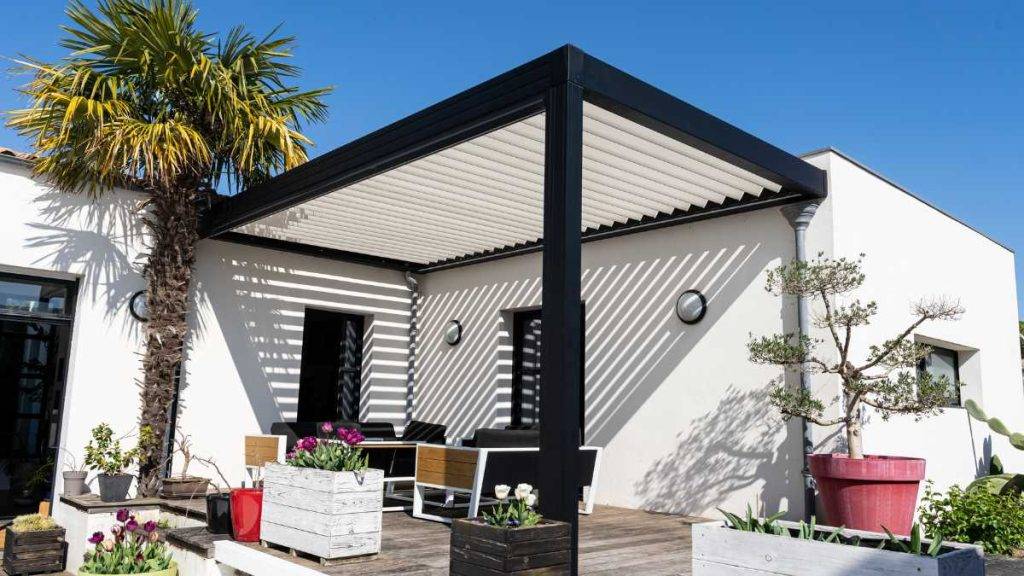
One of the key principles of eco-friendly home design is the use of sustainable materials. This means using materials that are renewable, non-toxic, and have a minimal environmental impact. Examples of sustainable materials include bamboo, cork, and reclaimed wood. By using sustainable materials, we can reduce our carbon footprint and help preserve the environment for future generations.
Another important aspect of eco-friendly home design is the use of recycled materials. By repurposing materials that would otherwise go to waste, we can reduce the amount of waste that ends up in landfills. For example, using recycled glass in countertops or using reclaimed wood for flooring can help reduce our environmental impact.
In addition to using sustainable and recycled materials, eco-friendly home design also involves creating a living space that is energy-efficient. This means using appliances and systems that are designed to use less energy, such as Energy Star-rated appliances and LED light bulbs. By reducing our energy consumption, we can not only save money on our utility bills but also reduce our carbon footprint.
Energy Efficiency in Home Design
When it comes to designing an eco-friendly home for seniors, energy efficiency is a top priority. By incorporating energy-saving features into the home design, we can reduce energy consumption and save on utility bills. Here are two key areas to focus on:
Solar Panels
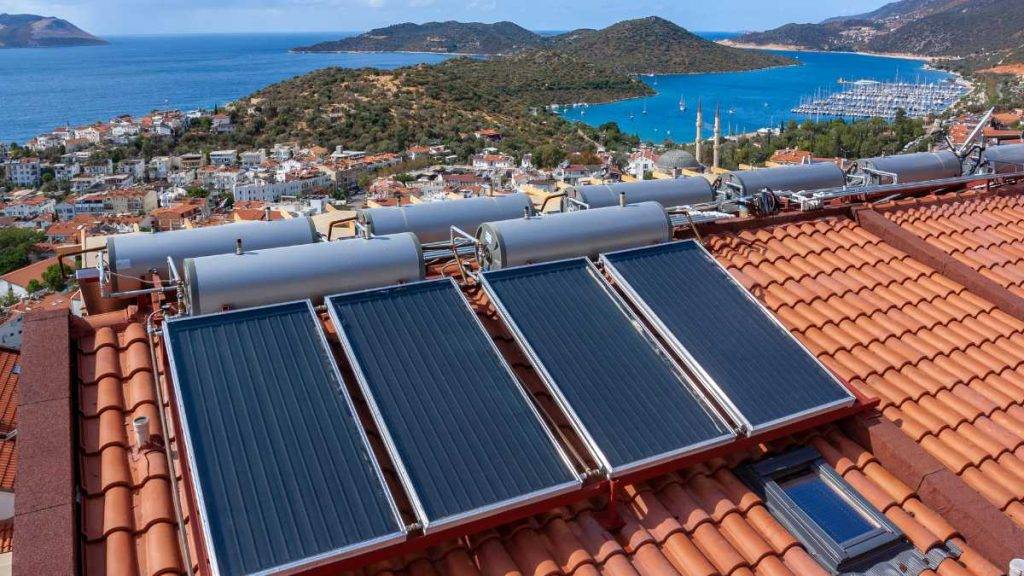
Solar panels are a great way to generate clean energy for the home. By installing solar panels on the roof, we can harness the power of the sun and convert it into electricity. This can significantly reduce our reliance on the grid and lower our carbon footprint.
When designing a home with solar panels, it’s important to consider the orientation and angle of the roof. Ideally, the roof should face south and have a pitch between 30 and 45 degrees to maximize solar exposure. Additionally, the roof should be free of shading from nearby trees or buildings.
Energy Efficient Lighting
Another important aspect of energy efficiency in home design is lighting. By using energy-efficient lighting fixtures and bulbs, we can reduce our energy consumption and save money on electricity bills.
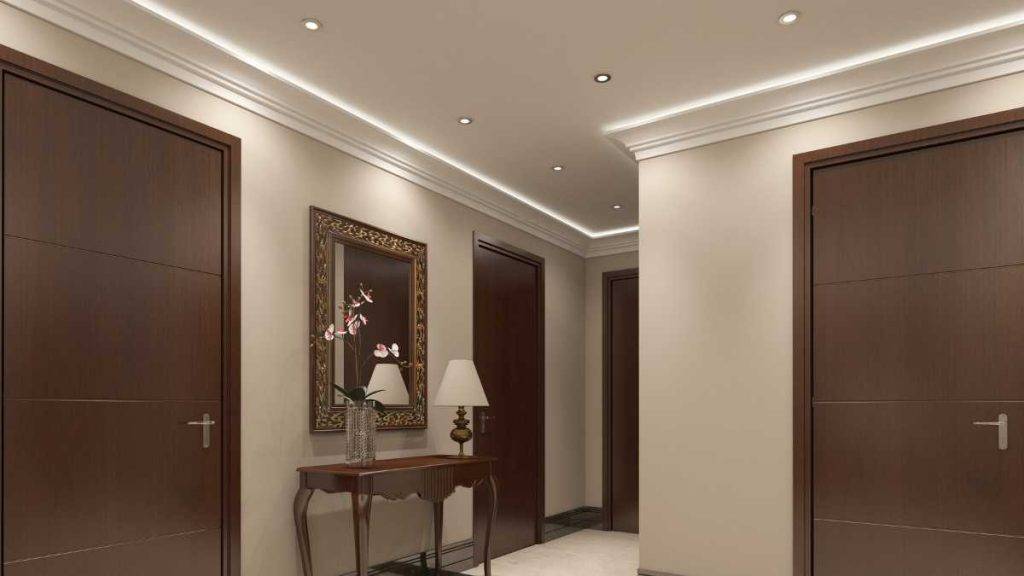
LED lighting is a popular choice for eco-friendly homes. These bulbs use up to 80% less energy than traditional incandescent bulbs and last up to 25 times longer. Additionally, LED bulbs are available in a range of color temperatures and styles, making them a versatile option for any home design.
When choosing lighting fixtures, it’s important to look for those that are ENERGY STAR certified. These fixtures meet strict energy efficiency guidelines set by the U.S. Environmental Protection Agency and can help us save energy and money over time.
In conclusion, incorporating solar panels and energy-efficient lighting into our home design can help us reduce our energy consumption and save on utility bills. By taking a thoughtful and strategic approach to energy efficiency, we can create an eco-friendly home that is both comfortable and sustainable for seniors.
Sustainable Materials for Home Construction
When it comes to building an eco-friendly home, choosing sustainable materials is essential. Here are two sustainable materials that we recommend for home construction:
Bamboo
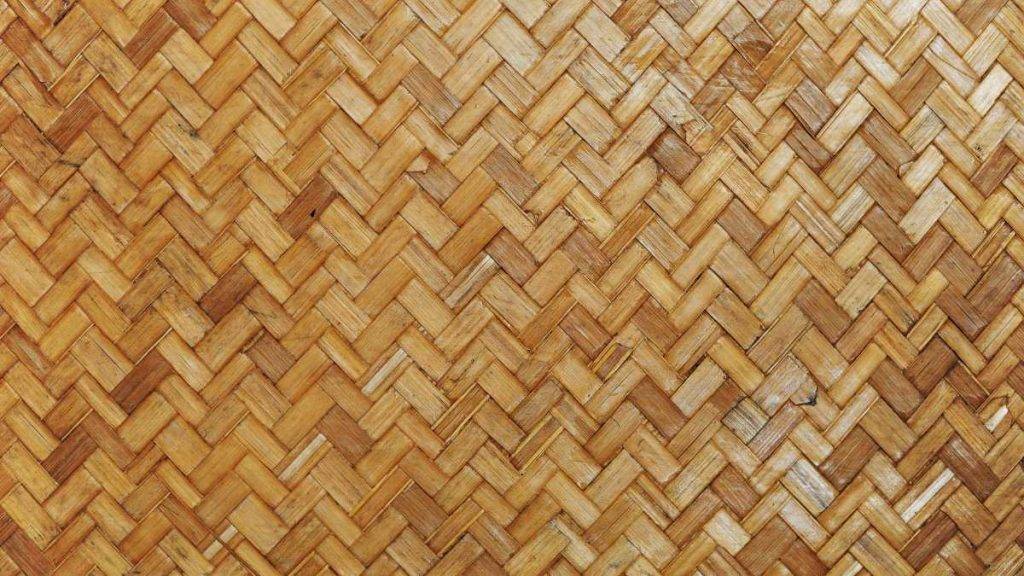
Bamboo is an excellent alternative to timber. It is a fast-growing, renewable resource that can be harvested in just a few years. Bamboo is also strong, durable, and much more lightweight than traditional wood, making it an ideal choice for building materials. It is often used in tropical climates, as its natural resistance to moisture, heat, and insect pressure makes it an excellent choice for outdoor construction.
In addition to being a sustainable material, bamboo is also versatile. It can be used for flooring, walls, and even furniture. When it comes to home construction, bamboo is a great choice for those who want to reduce their environmental impact without sacrificing quality.
Recycled Materials
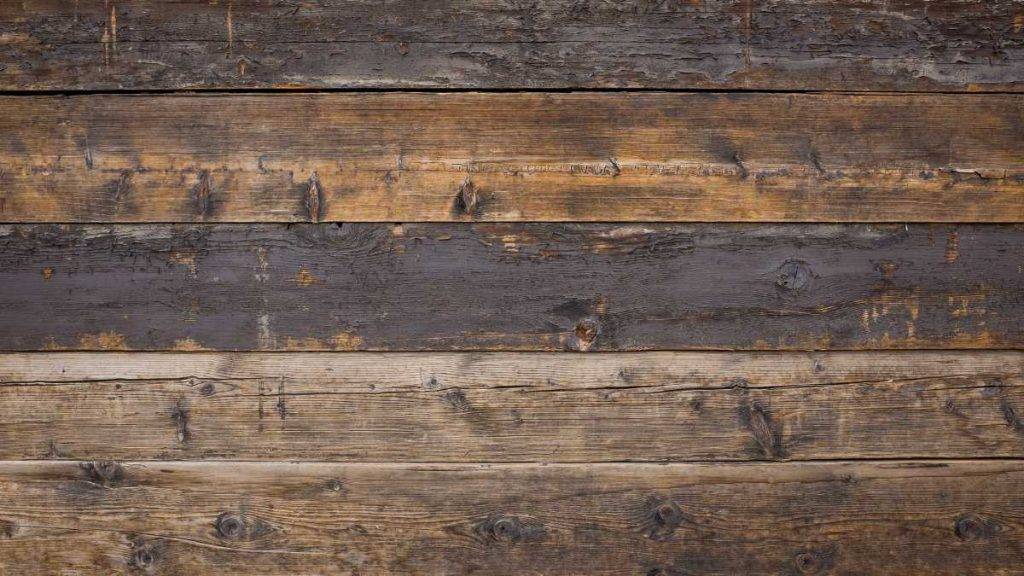
Using recycled materials in home construction is another way to reduce your environmental impact. Recycled materials can include anything from reclaimed wood to recycled plastic. By using recycled materials, you are reducing the amount of waste that ends up in landfills while also conserving natural resources.
Overall, using sustainable materials in home construction is an important step towards reducing our environmental impact. By choosing materials like bamboo and recycled materials, we can build homes that are both eco-friendly and high-quality.
Designing Bathrooms for Seniors
When designing an eco-friendly home for seniors, we must pay special attention to the bathroom. Bathrooms are one of the most hazardous areas in the home, especially for seniors. According to the Centers for Disease Control and Prevention (CDC), falls are the leading cause of injury and death among older adults. Therefore, it is essential to design bathrooms that are safe and accessible for seniors.
Grab Bars
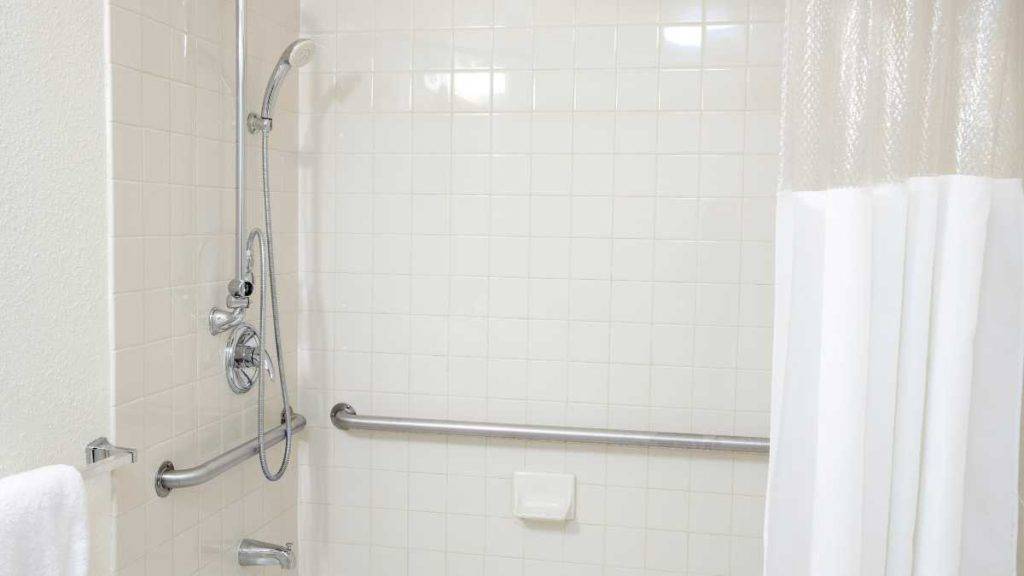
One of the most important features of a senior-friendly bathroom is grab bars. These bars provide support and stability for seniors when they are getting in and out of the bathtub or shower. Grab bars should be installed in strategic locations, such as near the toilet and bathtub. They should be made of sturdy, non-slip materials and securely fastened to the wall.
Wheelchair Access
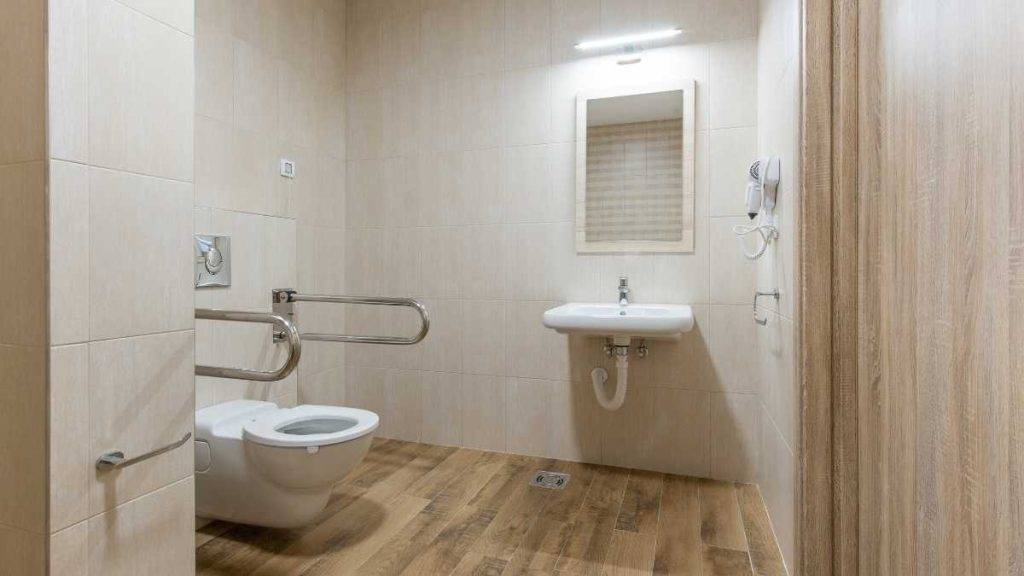
Another critical feature of a senior-friendly bathroom is wheelchair access. Bathrooms should be designed with enough space to accommodate wheelchairs and other mobility aids. The door should be wide enough to allow easy access, and the bathroom floor should be level, with no steps or raised areas. Additionally, the sink and toilet should be at a height that is comfortable for seniors in wheelchairs.
In summary, designing a bathroom for seniors requires careful consideration of their safety and mobility needs. Grab bars and wheelchair access are two essential features that should be included in every senior-friendly bathroom. By incorporating these features, we can create a bathroom that is safe, accessible, and eco-friendly.
Flooring Options for Seniors
When designing an eco-friendly home for seniors, flooring options are an important consideration. We want to choose a flooring material that is not only sustainable but also safe, slip-resistant, and easy to maintain.
Carpet
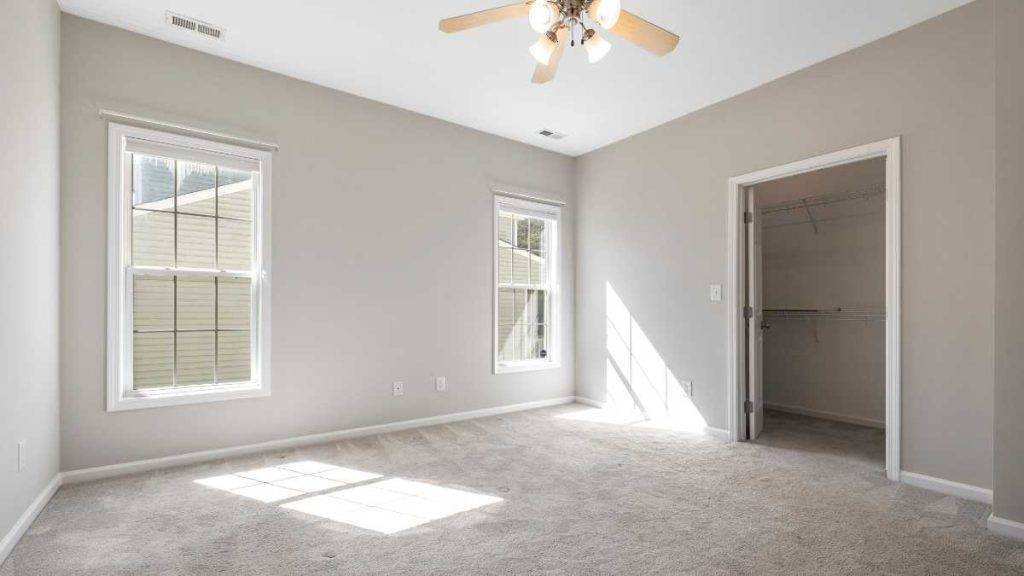
Carpet is a popular choice for seniors as it is soft and comfortable to walk on, reducing the risk of falls. It also provides insulation, making it an energy-efficient option. However, it is important to choose a low-pile carpet that is easy to clean and maintain. We recommend choosing a carpet made from natural fibers such as wool or jute, as synthetic materials can emit harmful chemicals.
Cork
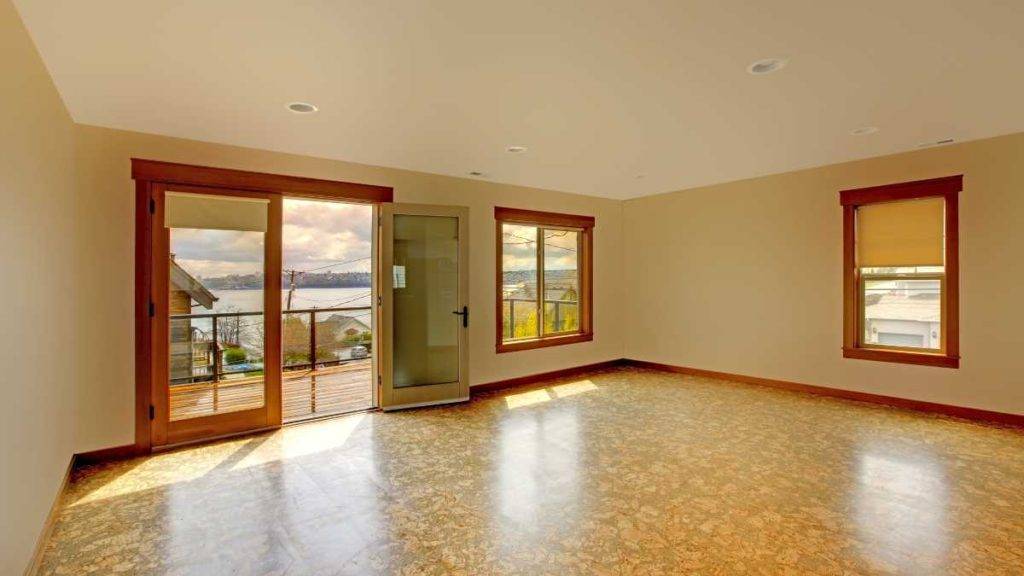
Cork is a renewable and eco-friendly material that is perfect for seniors who want a soft and comfortable flooring option. It is slip-resistant, easy to clean, and can absorb noise, making it a great choice for those who live in multi-story homes. We recommend choosing cork tiles that have been treated with a low-VOC sealant to ensure they are safe and sustainable.
Bamboo
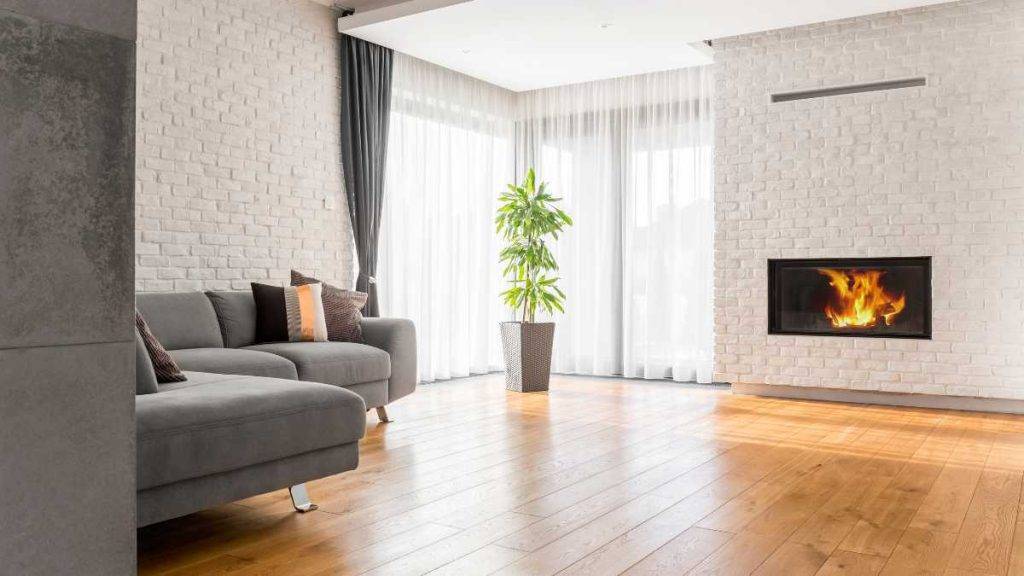
Bamboo is a fast-growing and renewable material that is becoming increasingly popular as a flooring option. It is durable, slip-resistant, and easy to maintain. It is also a great choice for seniors with allergies, as it is naturally resistant to mold and mildew. We recommend choosing bamboo flooring that has been certified by the Forest Stewardship Council to ensure it has been sustainably harvested.
Rubber
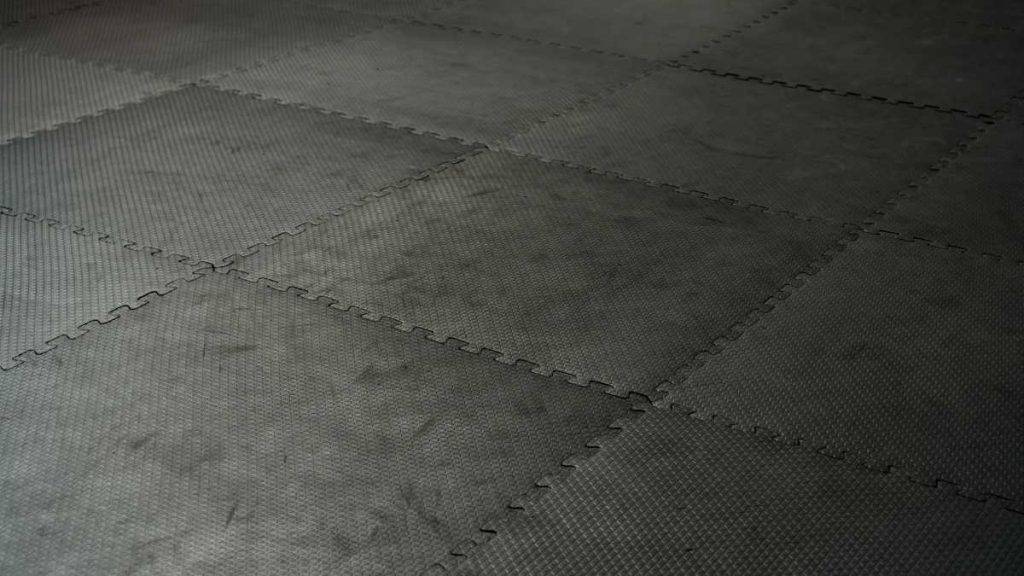
Rubber flooring is a safe and slip-resistant option that is perfect for seniors who are at risk of falling. It is also easy to clean and maintain, making it a great choice for those who want a low-maintenance flooring option. We recommend choosing a rubber flooring that has been made from recycled materials to ensure it is eco-friendly.
In conclusion, there are many eco-friendly flooring options available for seniors. When choosing a flooring material, we should consider factors such as safety, sustainability, and ease of maintenance. By choosing the right flooring, we can create a home that is both comfortable and environmentally friendly.
Housing Market and Baby Boomer Generation
We cannot talk about eco-friendly home design for seniors without mentioning the baby boomer generation and its impact on the housing market. As the baby boomers age, they are driving the demand for senior housing options that meet their unique needs and preferences. According to the National Investment Center for Seniors Housing and Care, an estimated 65 million baby boomers will be retiring over the next 10 years, creating a big surge in demand for senior housing options.

The number of households with people aged 80 and over has risen by 71% from 4.4 million in 1990 to 7.5 million in 2016, according to the Harvard report, “Housing America’s Older Adults.” Furthermore, the report suggests that by 2030, an estimated 1 in 5 Americans will be 65 and older. This demographic shift is expected to have a significant impact on the housing market, with the wave of aging baby boomers leading to a surge in demand for senior housing options.
As the baby boomers age, they are looking for housing options that meet their unique needs and preferences. Many baby boomers are looking for eco-friendly housing options that are energy-efficient, sustainable, and environmentally friendly. They are also looking for housing options that are designed to promote healthy living, with features such as natural light, indoor air quality, and access to outdoor spaces.
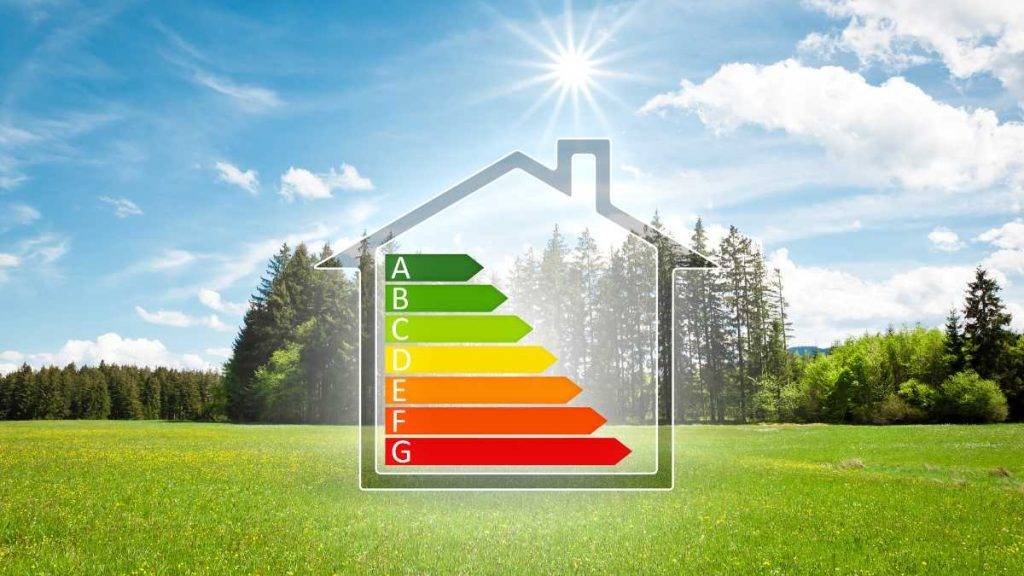
In response to this demand, the housing market is starting to shift towards eco-friendly home design for seniors. Many developers are now offering senior housing options that are designed to be energy-efficient, sustainable, and environmentally friendly. These housing options often feature green building materials, energy-efficient appliances, and sustainable landscaping. Additionally, many senior housing options are now designed to promote healthy living, with features like walking trails, community gardens, and fitness centers.
Overall, the baby boomer generation is driving the demand for eco-friendly home design for seniors. As the housing market continues to shift towards more sustainable and environmentally friendly options, we can expect to see more and more senior housing options that meet the unique needs and preferences of this demographic.
Assisted Living and Independent Living
When it comes to eco-friendly home design for seniors, we must consider both assisted living and independent living options. Each has its unique challenges and requirements, but both can benefit from sustainable design principles.
Assisted living facilities can be designed with energy-efficient appliances, water-saving fixtures, and renewable energy sources. Solar panels, for example, can help reduce the facility’s reliance on grid power, lowering its carbon footprint and operating costs. Green roofs and walls can also help insulate the building, reducing heating and cooling costs.
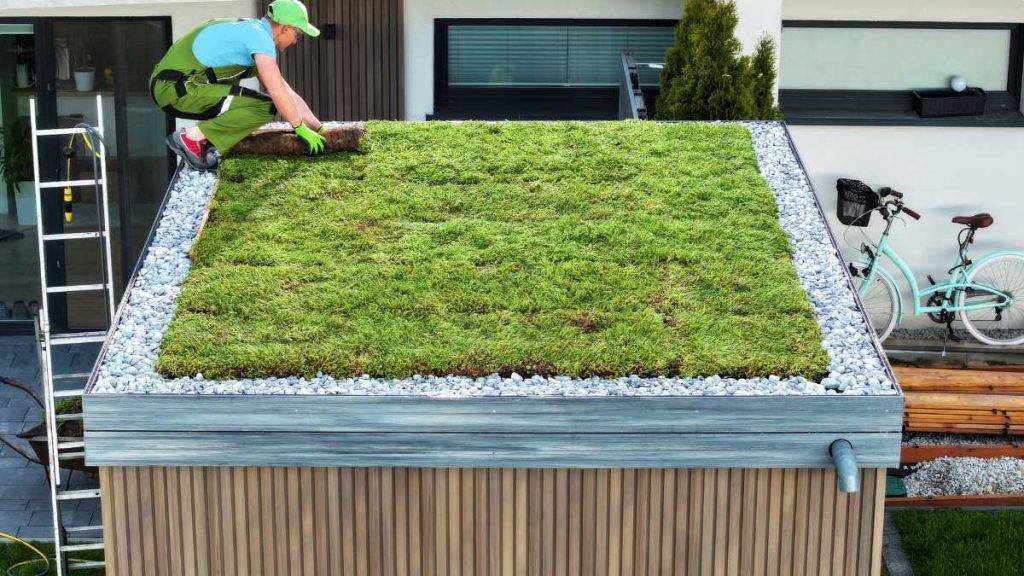
In independent living communities, seniors can benefit from eco-friendly design features that promote healthy living and sustainability. For example, community gardens can provide fresh produce and a sense of community for residents. Rainwater harvesting systems can collect and store rainwater for irrigation, reducing the community’s reliance on municipal water supplies.
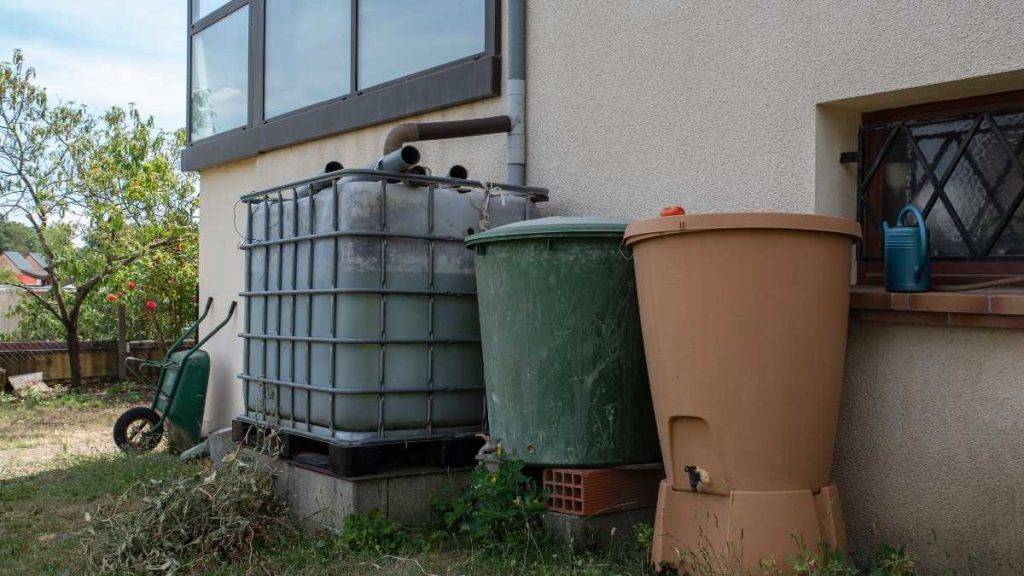
In both assisted living and independent living settings, sustainable design can also improve the quality of life for seniors. For example, natural light and ventilation can improve air quality and reduce the risk of respiratory problems. Non-toxic building materials and finishes can reduce exposure to harmful chemicals, promoting better health and well-being.
Overall, eco-friendly home design can benefit seniors in assisted living and independent living communities by reducing their environmental impact, lowering operating costs, and promoting health and well-being.

